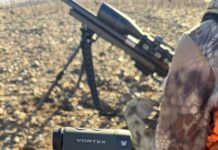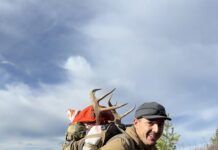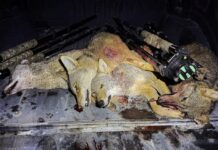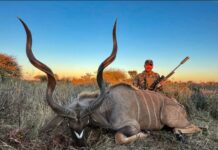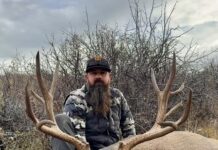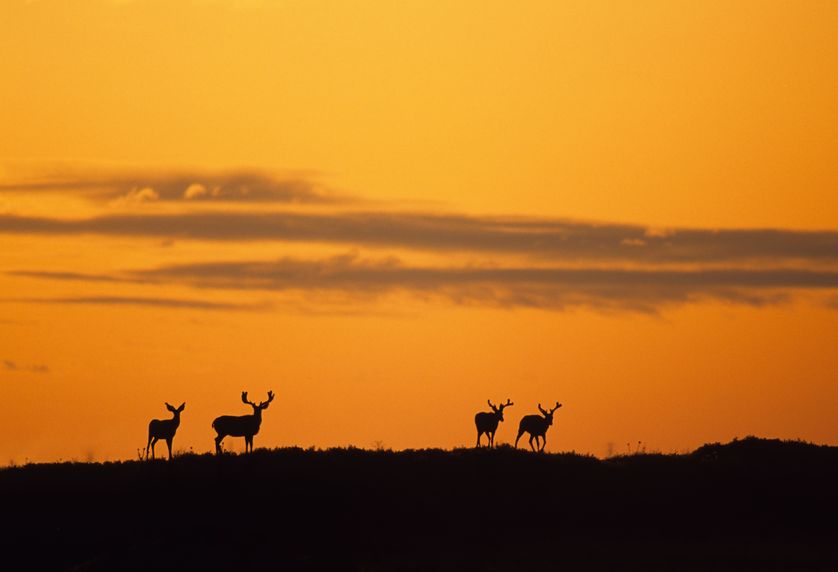 The calendar tells me that this is likely the number one question on buck hunters’ minds right now. The days are becoming dim when a hunter can plan a big buck hunt without worrying about applying for a tag, so I thought I’d dedicate a few Rok Blog posts to the subject.
The calendar tells me that this is likely the number one question on buck hunters’ minds right now. The days are becoming dim when a hunter can plan a big buck hunt without worrying about applying for a tag, so I thought I’d dedicate a few Rok Blog posts to the subject.
It doesn’t matter if you’ll be hunting your state as a resident, or another as a non-resident, the thinking is still the same to me. You need to apply where and when you can hunt effectively. As a DIY hunter, I’d rather have a mediocre tag close to home than than a great tag 1,000 miles away where it’s harder to dedicate the days and effort to maximize the opportunity.
As you decide where to apply, think about when you’ll personally be able to give your very best effort. You need to know what the bucks are doing at the times you can hunt so you can best plan your days afield.
August/September
During these months, on most mule deer ranges (exceptions are noted below), bucks will stay close to where they’ve been since the spring migration ended sometime in June or July. Mountain bucks settle in closer to July, while foothill and desert deer are usually on their summer range by June, (some bucks live in the same area year round, but that’s for a future blog post.)
If you’re going to apply for hunts during this time frame, scouting for bucks in the summer can be very productive. You’re cutting your chances in half if you apply for tags that allow hunting early but you don’t scout. If the unit is so far from where you live that you can’t scout, you might consider hunting somewhere else where logistically you can be more effective.
The other option is to apply for units where you have a good chance of getting a tag every year. Then your hunting days can be your scouting days for future years. Some very successful buck hunters do exactly this and take some good bucks in units most people snub their noses at. Most hunters are too A.D.D to stick with this plan, though.
Another consideration that took me a while to understand is elevation’s effect on bucks. If you’re hunting units above about 12,000 feet, like a big chunk of Colorado, bucks often start to vacate that country by or before mid-September, even without snow. They might not be far away, but most hunters (including this one) have a very hard time locating them once they’ve moved out of the alpine country. You really need to know your particular deer herd if you’re hunting around mid-September.
Wherever you’re going, once the hunt opens, be sure you have at least five days to hunt (ten is better). Even prescouted bucks can still take time to find. It doesn’t matter that they’re in velvet, they still often hide in cover. Also, if you’re hunting with archery or muzzleloader gear, remember that just because you’ve seen a buck, that doesn’t mean he’s stalkable. Often, more days are needed than when hunting with a rifle.
If you can’t give an early season hunt enough effort, it might be best to build a point or try a later season hunt that is less dependent on summer scouting.
Next time, I’ll cover how I hunt the toughest month: October.
In the meantime, check out goHunt.com. They specialize in hunting information for the DIY hunter. I use their draw odds calculator a lot this time of year and feel it has the most to offer. Learn more here:![]()
Be sure and keep up the Rok Blog by subscribing. If you’re on a PC, subscribe at upper right “Keep Up With Rokslide”. If you’re mobile, scroll to the bottom to find the same form.
Read more about all-things-mule-deer-hunting in my book, Hunting Big Mule Deer. Signed copies are available in the Rokslide store, or you can go Amazon for faster delivery.

